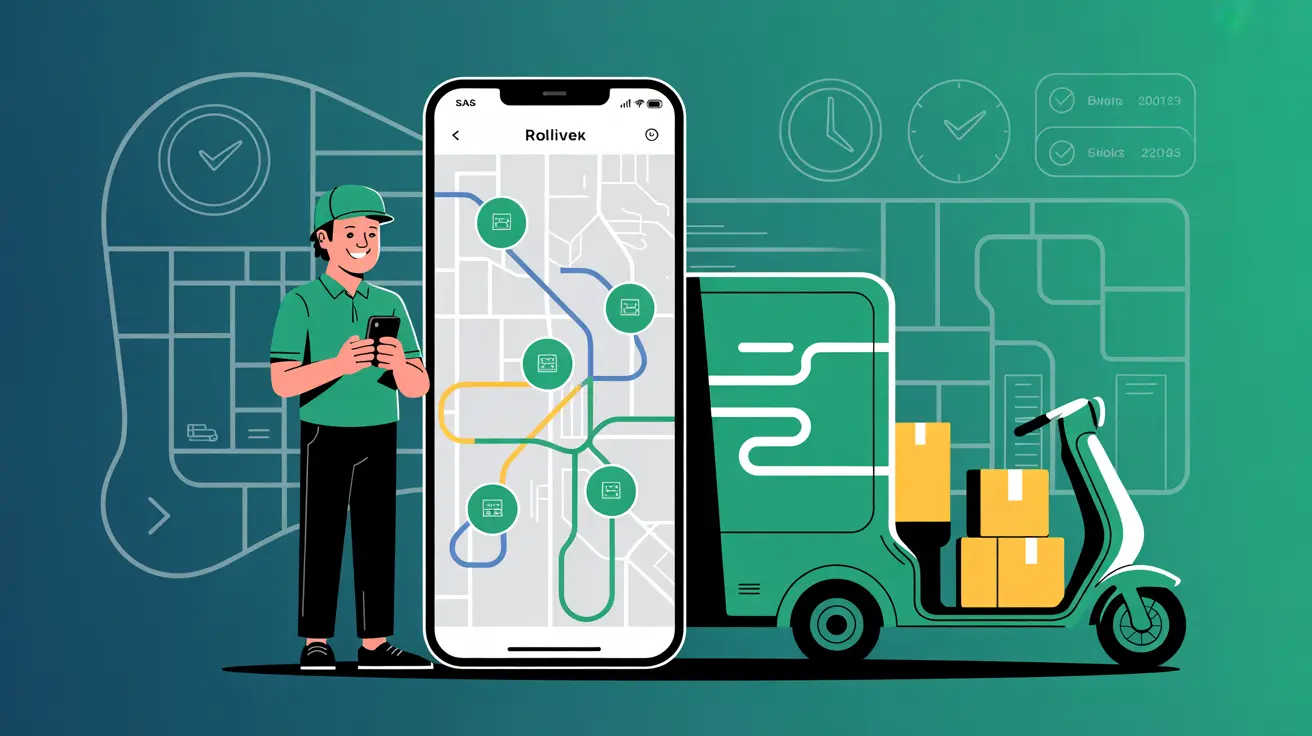How to improve the timeliness of your deliveries by adjusting time windows and service priorities
%20(6).webp)
Timely deliveries aren't just a matter of operational efficiency: it's a determining factor in customer satisfaction, brand reputation and company profitability. However, achieving on-time deliveries in congested urban environments, with variable routes and multiple unforeseen events, remains one of the greatest logistical challenges for any company.
One of the most effective strategies to improve this aspect is the dynamic adjustment of time windows and the assignment of service priorities according to the actual conditions of each day. In this article, we'll see how more flexible planning, supported by intelligent technology, can help you optimize your delivery operations without compromising the customer experience.
In addition, we will explore how route planning with dynamic time windows and the use of optimization software such as Routal allows you to automate these types of decisions, reduce failed deliveries and ensure that each order arrives when and where it should. Because when it comes to deliveries, Every minute counts.
The problem: wide time windows and ill-defined priorities
Many companies still manage their deliveries with excessively wide time windows, such as “between 8:00 and 20:00”, making it difficult for the customer to be available. This lack of accuracy results in failed deliveries, unnecessary wait times, redirections and, ultimately, a poor end user experience.
Added to this is another common mistake: not setting clear priorities between different types of service or customer. Not all deliveries have the same degree of urgency or business impact. Consistently treating critical orders and those with greater flexibility generates bottlenecks, low efficiency and overflowing delivery people.
This type of operation affects three key areas:
- Delivery Team Productivity, which wastes time reorganizing deliveries on the fly.
- Operating costs, which are triggered by second visits, unnecessary routes or unplanned waits.
- Customer Satisfaction, who perceives the service as unprofessional or unreliable.
In short, working without a clear logic of priorities or well-defined windows It makes punctuality more dependent on luck than on planning.
How to optimize your deliveries with tight time windows and defined priorities
Adopt a strategy based on Smart time windows and a system of automated prioritization not only does it improve punctuality, but it completely transforms logistics management. Here are the keys to implementing it effectively:
Dynamic time windows: less margin, more precision
The first step is to abandon wide ranges and bet on reduced and adjustable time slots depending on the route and the customer. This provides immediate benefits:
- Greater certainty for the customer, who knows more precisely when your order will arrive.
- Reduction of failed deliveries, since the recipient can organize their schedule around a realistic range.
- Better use of the day, avoiding downtime or after-hours deliveries.
Thanks to Routal technology, it is possible to adjust these windows in real time, adapting them to traffic conditions, accumulated delays or last-minute changes. The system automatically recalculates the estimated arrival times and communicates them to the customer through automatic notifications.
Prioritizing deliveries: when each order matters most
Not all shipments have the same urgency. A refrigerated order, a premium delivery or a corporate customer requires preferential treatment. Defining these priorities from the planning stage is key to improving the experience and avoiding incidents.
A good strategy includes:
- Assign priority levels to each order according to criteria such as the type of product, the level of service contracted or the customer's critical nature.
- Dynamically rearrange routes so that urgent deliveries are resolved first without affecting the rest.
- View alerts in the logistics panel when there is a risk of delay in high-priority deliveries.
Routal allows you to apply automated priority rules and redistribute loads in real time, so that critical decisions do not depend on the manager's intuition.
Planning based on historical and real-time data
Both time windows and priorities must be nourished by Actual operating data: average delivery time, waiting times, problem areas or success rates by type of customer.
A tool such as Routal Planner analyzes these patterns to anticipate delays, predict service times and adjust daily planning more precisely. This allows:
- Prevent deviations before they occur.
- Adjust time windows proactively.
- Identify recurring bottlenecks and optimize them.
Automation and proactive communication
Finally, no strategy is effective if it is not accompanied by a good communication with the customer. Informing in advance, offering options for changing schedules or notifying in the event of a delay improves the experience even in adverse scenarios.
Routal automates the delivery of:
- SMS, WhatsApp and emails with exact time windows.
- Real-time delivery status updates.
- Possibility for the customer to confirm or reschedule their delivery.
All of this translates into a immediate improvement in punctuality and a reduction in incidents, without the need to increase human resources or fleet.
If you want to know more, do not hesitate to Schedule a call with our team of experts.




%20(17).webp)
%20(15).webp)
%20(14).webp)


.png)


